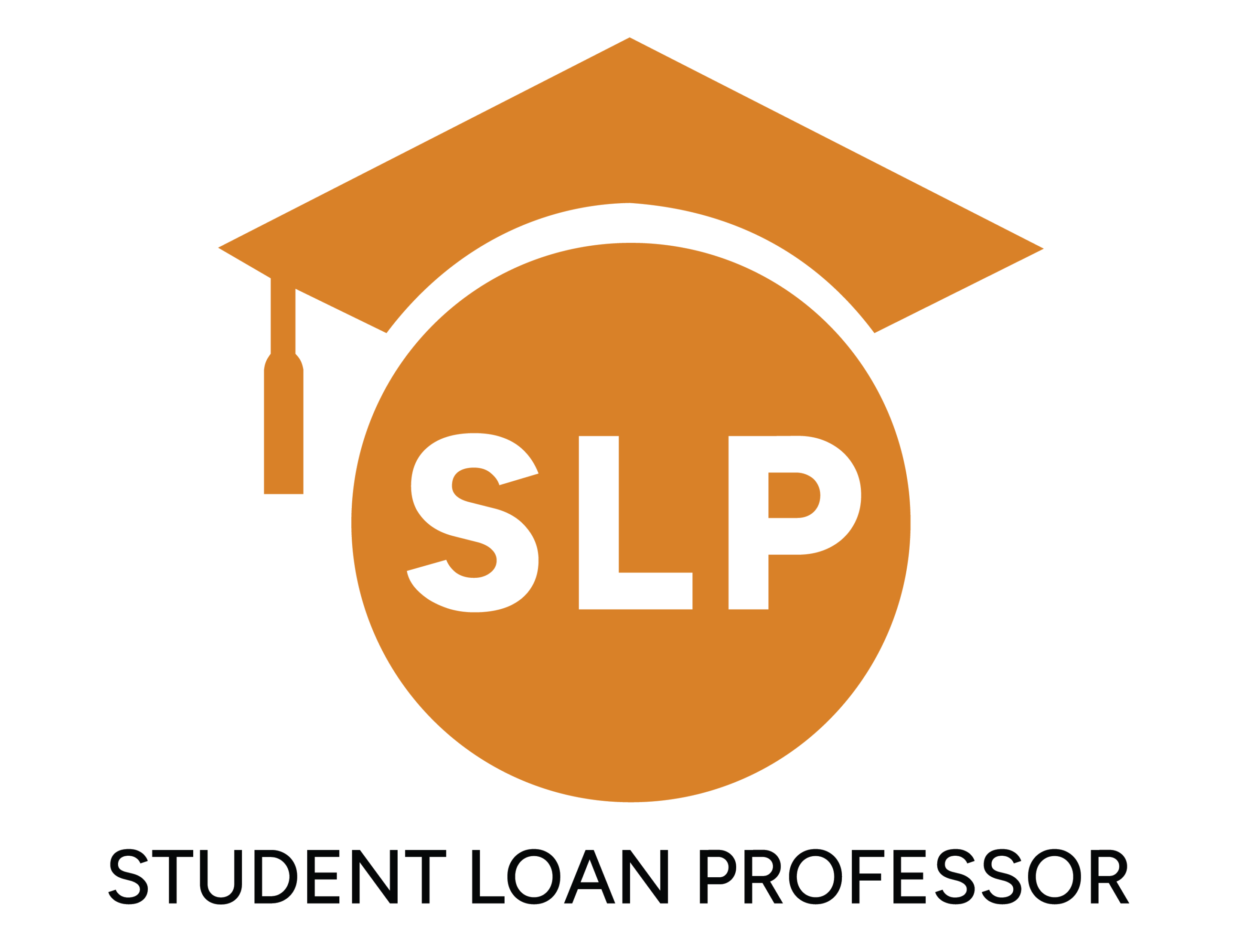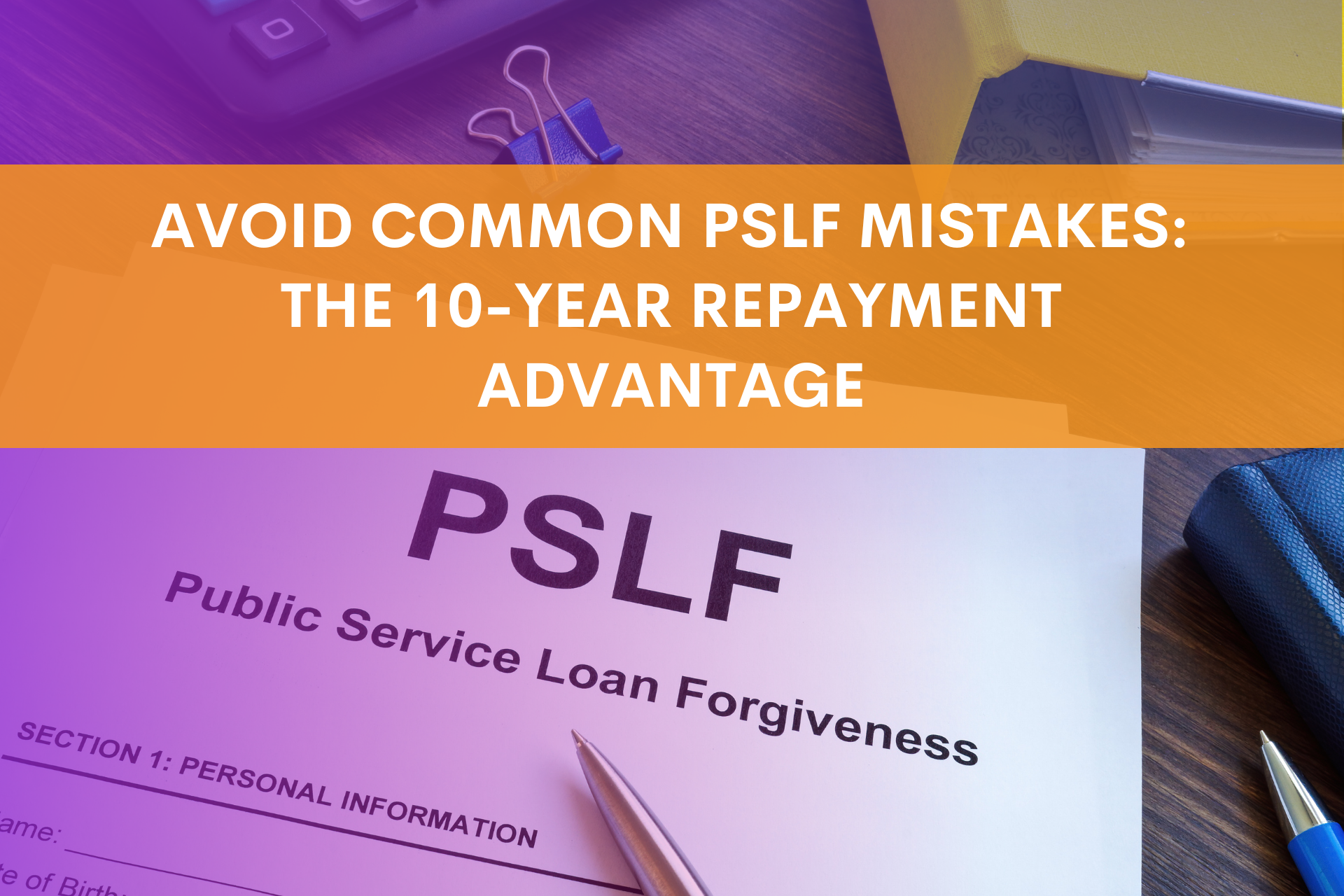Many borrowers believe the best way to maximize Public Service Loan Forgiveness (PSLF) is through an Income-Driven Repayment (IDR) plan, which ties payments to income. And while this is true for the vast majority of borrowers, it’s not always the case.
Practicing physicians and other high-income households, in particular, may end up paying down all of their debt before they achieve PSLF. This can happen if their income is too high, and their IDR plan has no payment cap (such as the new SAVE plan). In these cases, borrowers have the option to switch to a 10-year payment plan (or a 10-year equivalent) in order to limit their payments and maximize the potential for PSLF.
The PSLF form specifically states that qualified repayment plans for PSLF include any IDR plan, or “The 10-Year Standard repayment plan, or any other Direct Loan repayment plan (except the Alternative Repayment plan), if those payments are at least equal to the monthly payment amount that would be required under the 10-Year Standard Repayment plan.” In other words, achieving that 10-year payment threshold while keeping your payment below the IDR payment is a pathway to forgiveness and savings.
A Case Study:
An early career physician with an income of $350k switched to SAVE from REPAYE last year. Her new SAVE payment would have been $2575 upon recertification. Her original debt was $175,000, on which the 10-year Standard payment was $1975/month. Obviously, she opted for an IDR plan during training for payment relief… but now, compared to using an IDR, the 10-year payment strategy will actually save her $7,200 over the next year versus SAVE. And that savings is likely to increase in future years as her income continues to rise.
How to Implement:
Borrowers who never consolidated their loans will have the 10-year Standard option readily available to them. Those who consolidated their loans (over $60k), however, will have a Standard plan based on 30 years of repayment. To meet PSLF eligibility requirements, you will need to:
Contact your servicer to find out what your “10-year Standard payment amount” is in their system (make sure to write this amount down somewhere).
Request the servicer put you on the Standard plan and manually enter that amount as your monthly payment so it shows on your statements each month.
Request the servicer note in your account that you are selecting this payment amount specifically for PSLF qualification purposes. This helps hold the servicer accountable down the road should you have any issues with your PSLF certifications.
Important Considerations
- Those utilizing the IBR or PAYE plans will automatically benefit from a 10-year payment cap once your income drives your payment to that 10-year mark or higher. You do not need to change plans to benefit from the 10-year rule.
- Tax Filing Status: If your spouse earns an income, particularly a high one, you may be considering Married Filing Separately to keep your IDR payments lower for PSLF. But by using the 10-year standard strategy, you will no longer need to do this!
As always, our expert team of loan advisors is standing by to answer your questions and help you implement this and other cost-saving strategies. Register for a comprehensive student loan consultation to ensure you are maximizing all available savings!
Brandon Barfield is the President and Co-Founder of Student Loan Professor, and is nationally known as student loan expert for graduate health professions. Since 2011, Brandon has given hundreds of loan repayment presentations for schools, hospitals, and medical conferences across the country. With his diverse background in financial aid, financial planning and student loan advisory, Brandon has a broad understanding of the intricacies surrounding student loans, loan repayment strategies, and how they should be considered when graduates make other financial decisions.




